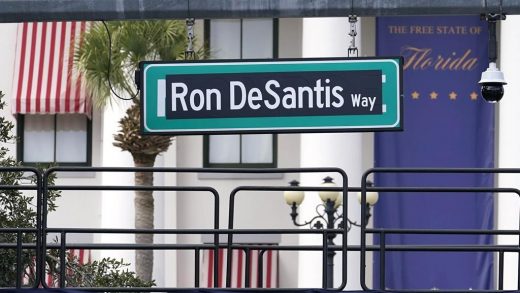
A low-flying tactical exercise over the skies of Manawatū and Rangitīkei is helping air force personnel hone their skills in responding to disasters and delivering aid.
The Royal New Zealand Air Force’s No 40 Squadron is this week conducting a tactical training exercise from Base Ōhakea in a Hercules C-130H.
The low-level-flying exercise is to maintain crew members’ currency in tactical flying and air-drop capability, skills the air force needs when responding to situations such as disaster relief.
A crew from the Republic of Singapore Air Force is also taking part in a C-130H as the two air forces build relationships.
READ MORE:
* Sharp skills on show at air force supply drop training
* Hercules flight over Auckland to announce $1.5 billion deal for defence planes
* Young pilot sweeps awards at air force Texan II graduation
DAVID UNWIN/Stuff
Loadmasters prepare to make a drop in rural Rangitīkei.
Stuff was invited on one of the flights, which went over rural Rangitīkei and out to the coast west of Bulls, then air dropped two pallets out the back of the Hercules.
Much of the flight was about 100 metres off the ground, cruising over farmland with sheep clearly visible from the plane, but the drop was from about 200m.
Being a low-level flight and in windy conditions made for a bumpy ride before the loadmasters released the pallets from the back of the plane.
Flight lieutenant Michal-Louise Paget said the exercise was so crew members could train across unfamiliar and challenging terrain, and practice their air-drop capability.
She said the exercise was usually not hugely difficult, but it depended on the terrain, as their work could sometimes be done in mountainous areas.
“A lot of our low-level flying would be with any sort of humanitarian aid or disaster relief.
DAVID UNWIN/Stuff
The Hercules C-130H back at Ōhakea after making a drop west of Bulls.
“So a lot of the time if an earthquake has hit one of our Pacific countries or a tsunami has come through, the runway itself, if they have one, is unusable, so we need to be able to conduct our air-drop operations to be able to deliver the aid they require.
“This means we have to come in quite low and be able to get a load out the back that has to hit a specific drop zone and this could be a paddock or something next to the runway.
“That’s where the low level side of things come in. On top of that we also do a bit of search and rescue and that also means we have to get quite low in order to search for boats or people.”
The New Zealand Army’s 5th Movements Company is constructing and preparing the loads, and 10th Transport Company recovers the loads once the drop has been made.
Paget said working with the Singapore Air Force allowed them to build relationships and if they were called into a challenging situation it would help being familiar with each other.
DAVID UNWIN/Stuff
Flight lieutenant Michal-Louise Paget has been flying a Hercules during the training exercise.
No 40 Squadron detachment commander, squadron leader Kendall Dooley, said in order for the Defence Force to maintain its readiness to deploy it needed to undertake land, air and sea training.
“Being able to exercise in various environments ensures our personnel are highly trained and able to support domestic, regional and global security situations.”
Air Component Commander Air Commodore Shaun Sexton said air mobility and drop skills were crucial when responding to challenging situations that could eventuate in the Asia-Pacific region, such as disaster relief.
The Hercules C-130H aircraft had been in use since 1965, but a new fleet was coming to New Zealand.
United States arms manufacturer Lockheed Martin was expected to start building new C-130J-30 aircraft, which would start arriving in New Zealand in 2024 and the full fleet should be available from 2025.
DAVID UNWIN/Stuff
Squadron leader Kendall Dooley, left, and flight lieutenant Cody Hughes take the Hercules over rural Rangitīkei.


